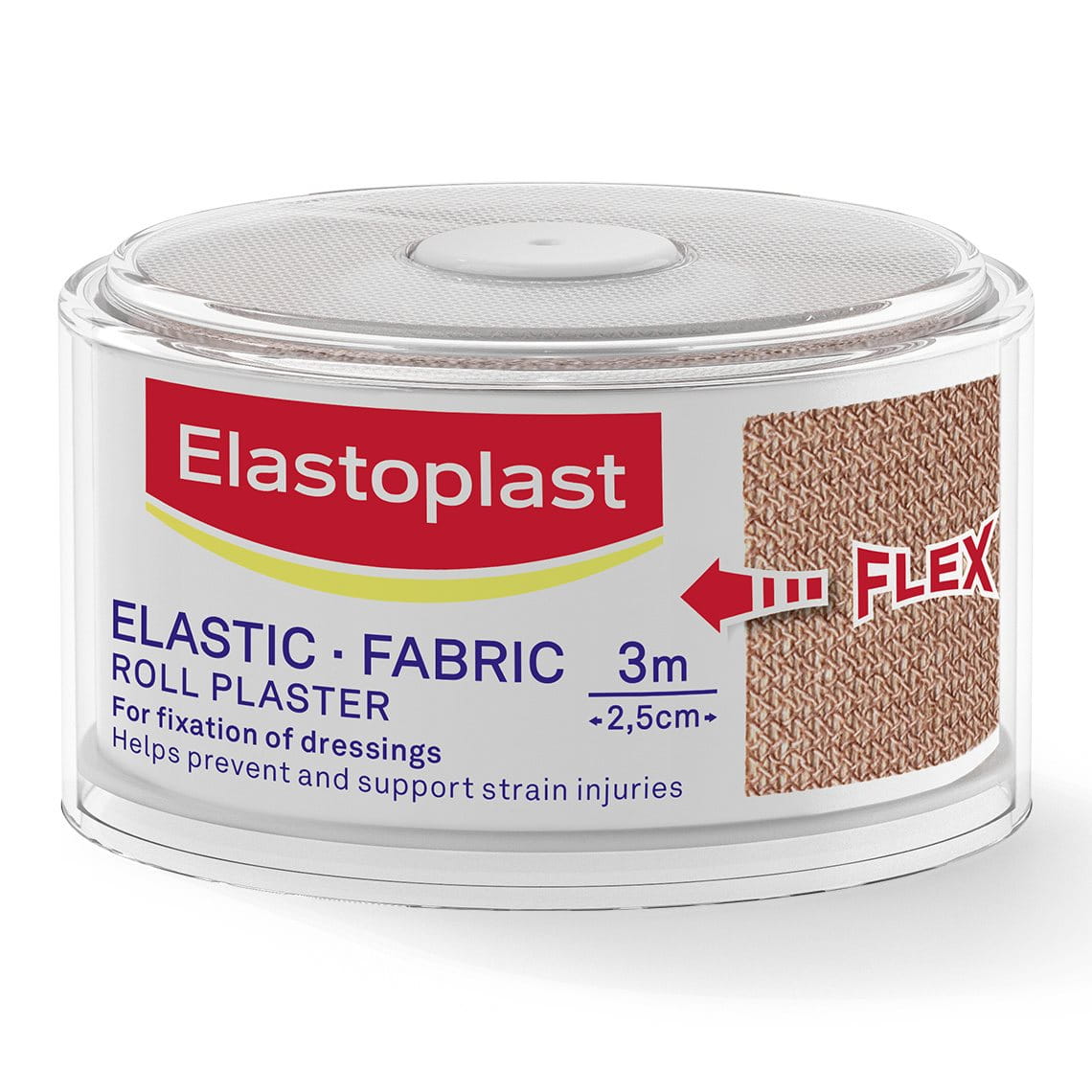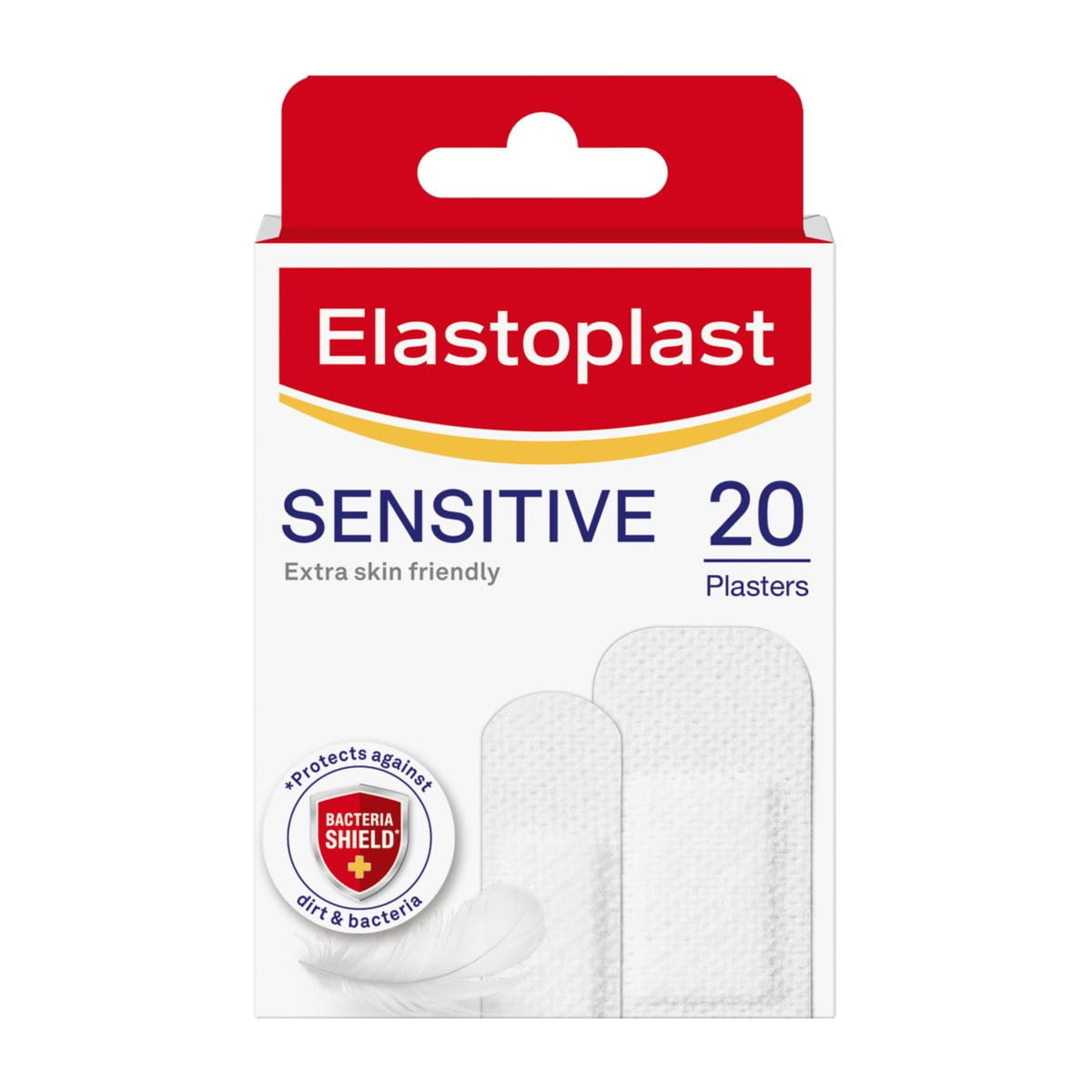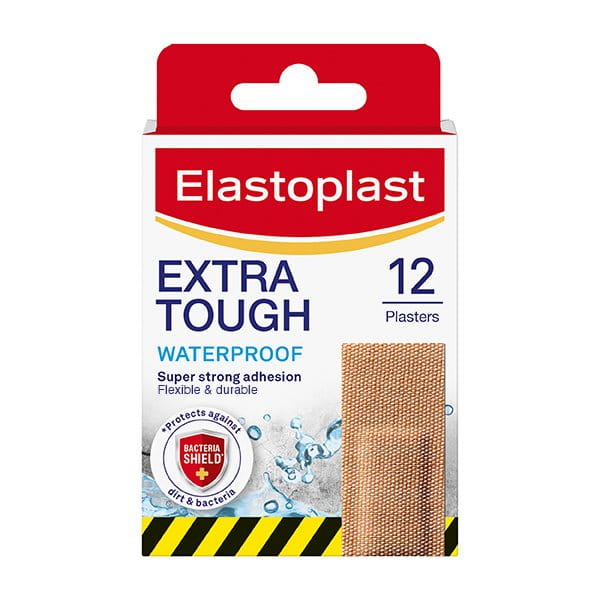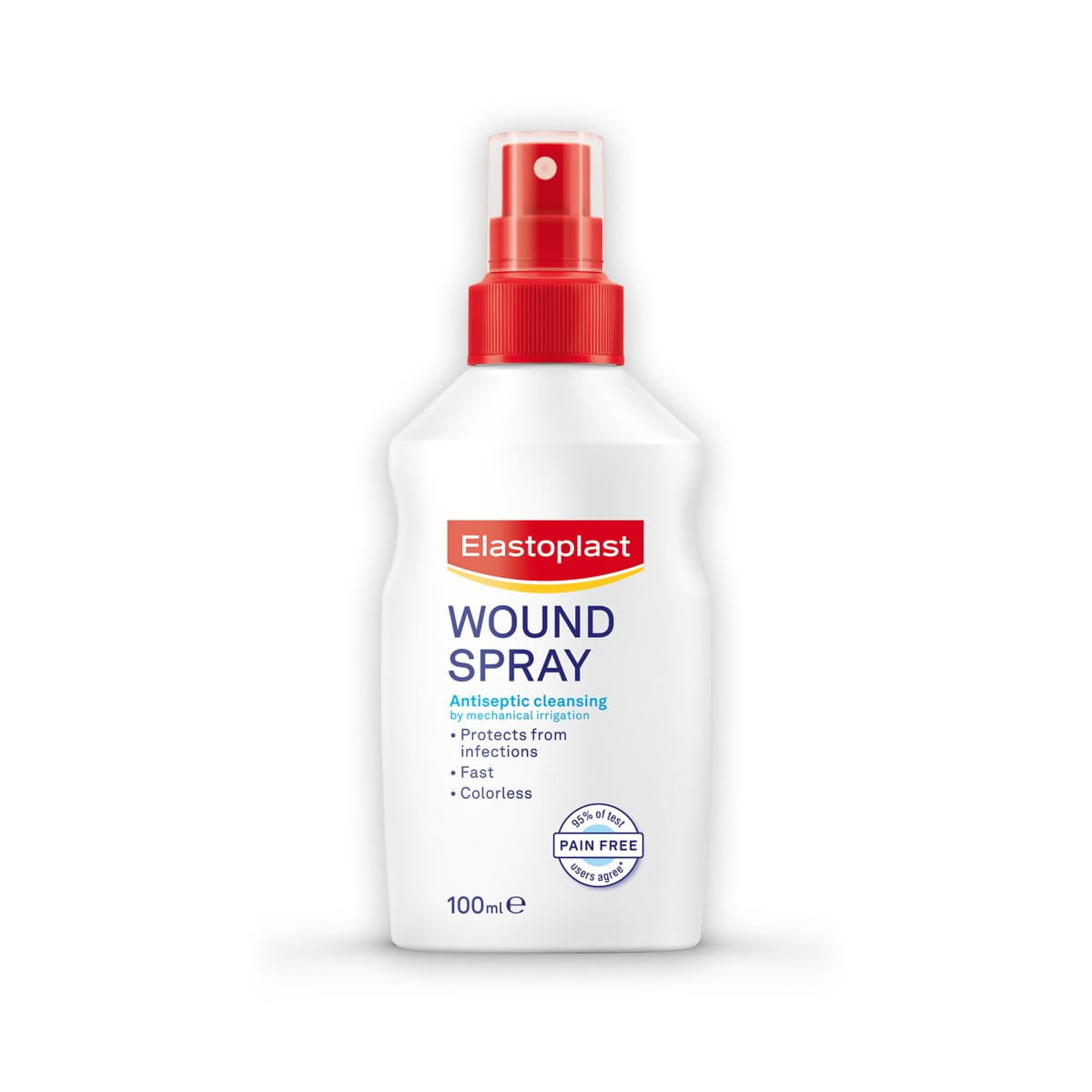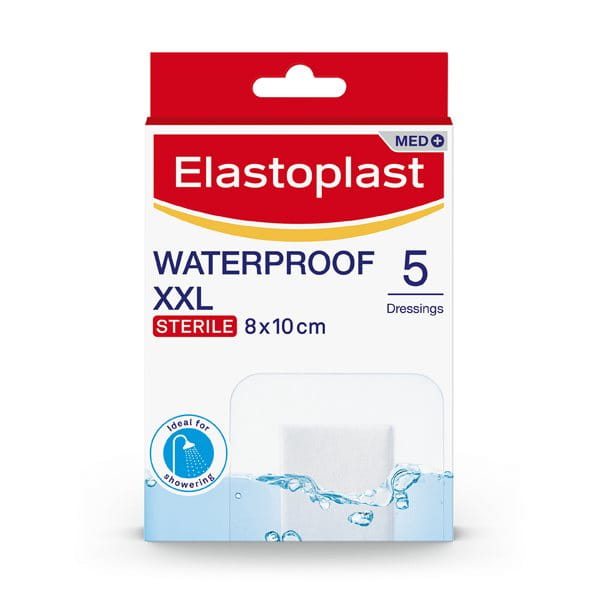Do you have a cut that feels like it's taking a long time to heal? If it's been a month or more, you could have an infected wound. Recognising signs of wound infection is important. Use our guide for how to tell if a wound is healing or infected.
Do you have a cut that feels like it's taking a long time to heal? If it's been a month or more, you could have an infected wound. Recognising signs of wound infection is important. Use our guide for how to tell if a wound is healing or infected.
What causes an infected cut?
Wounds can appear anywhere on the body. They usually form as a result of trauma (e.g. cuts or lacerations) or as a result of surgery (if a cut is made during an operation).

Infection can develop any time between two to three days after the cut occured, until it's visibly healed.
Luckily, infected cuts can be prevented with proper wound protection using Elastoplast plasters.
Signs of wound infection
To tell if a wound is healing or infected, learn about the symptoms of an infected cut below:
Warmth
Fever
Redness
Increased or continued pain
Pus or discharge
Limited movement
An infection can spread into the deeper tissues if an infected wound isn't treated promptly. This is called cellulitis, and the infection can spread to other body parts through your blood.
Is my cut infected or just healing?

On the whole, an infected cut becomes more painful over time, while an uninfected cut will gradually improve. If you're unsure how to tell if a wound is healing or infected, look out for the following signs your wound is healing:
- Swelling: This occurs when your immune system is repairing the wound, as blood vessels are widened to ease blood flow and send oxygen. This shouldn't last longer than five days.
- Scabs: After a wound bleeds and clots, a scab can form. However, protecting your wound with a plaster enables moist wound healing - preventing scabs from forming and reducing the risk of scarring.
- Tissue growth: As wounds heal, new tissue will form over the wound. This can take a couple of weeks, depending on the severity of the wound.
- Scarring: This is a natural part of the healing process after a skin injury has been sustained. Reduce the appearance of scars using Elastoplast Scar Reducer Patches.
Learn more about the stages of wound healing here.
Potential risks and complications of an infected cut
Risks
Infected cuts may be more likely for certain people who may have conditions/illnesses, as well as certain circumstances, such as:
- Having a jagged edge cut
- Being overweight/obese
- Having a weakened immune system
- Having type 1 or type 2 diabetes
- Being cut by a dirty object and/or having a piece of the foreign object still inside the wound
- Having a large, deep cut
- The cause of the wound being a bite from an animal or human
- Nutrient and vitamin deficiencies
Complications
Infected cuts can cause specific complications if the wound does not receive treatment adequately. As such, the infection can spread to other parts of the body potentially leading to more serious issues, including:
- Osteomyelitis: a bacterial infection of the bone, which can cause pain, redness and swelling around the site.
- Cellulitis: an infection of the deeper layers and tissues of the skin. This specific complication of an infected cut can cause swelling, pain in the affected area, redness as well as other symptoms such as dizziness, vomiting/nausea and fever.
- Sepsis: this is an extreme immune reaction that can occur if the infection enters the bloodstream. Cellulitis can develop into sepsis. Sepsis is highly dangerous and can lead to organ failure if not treated quickly.
- Necrotizing fasciitis: in extremely rare cases, an untreated infected cut can develop into this condition, which is also known as the ‘flesh-eating disease’. This condition typically leaves large areas of the skin damaged and painful.
Elastoplast wound care routine to help prevent infection
Depending on their type, size and location, most wounds can be treated easily at home. Follow the Elastoplast Wound Care Routine to speed up wound healing and help prevent infected cuts:
Cleanse the wound with Elastoplast Wound Spray, which is designed to protect the wound from infection, dirt and bacteria being trapped in the wound.
Protect the wound with a variety of Elastoplast Plasters ranging from waterproof to larger sterile wound dressings, ensuring maximum protection from infection, dirt and bacteria.
Heal the wound with Elastoplast Wound Healing Ointment, an ointment created for optimal healing conditions.
Please note that, although these were compiled with great care, the tips and advice given on this website by no means substitute medical advice and treatment. If you have or suspect a health problem, consult a doctor and follow medical advice regardless of what you have learned on this website.
Always read carefully and follow the instructions for use or the product leaflets. For further information about our products, please contact us via email at ConsumerRelationsUK@Beiersdorf.com.



